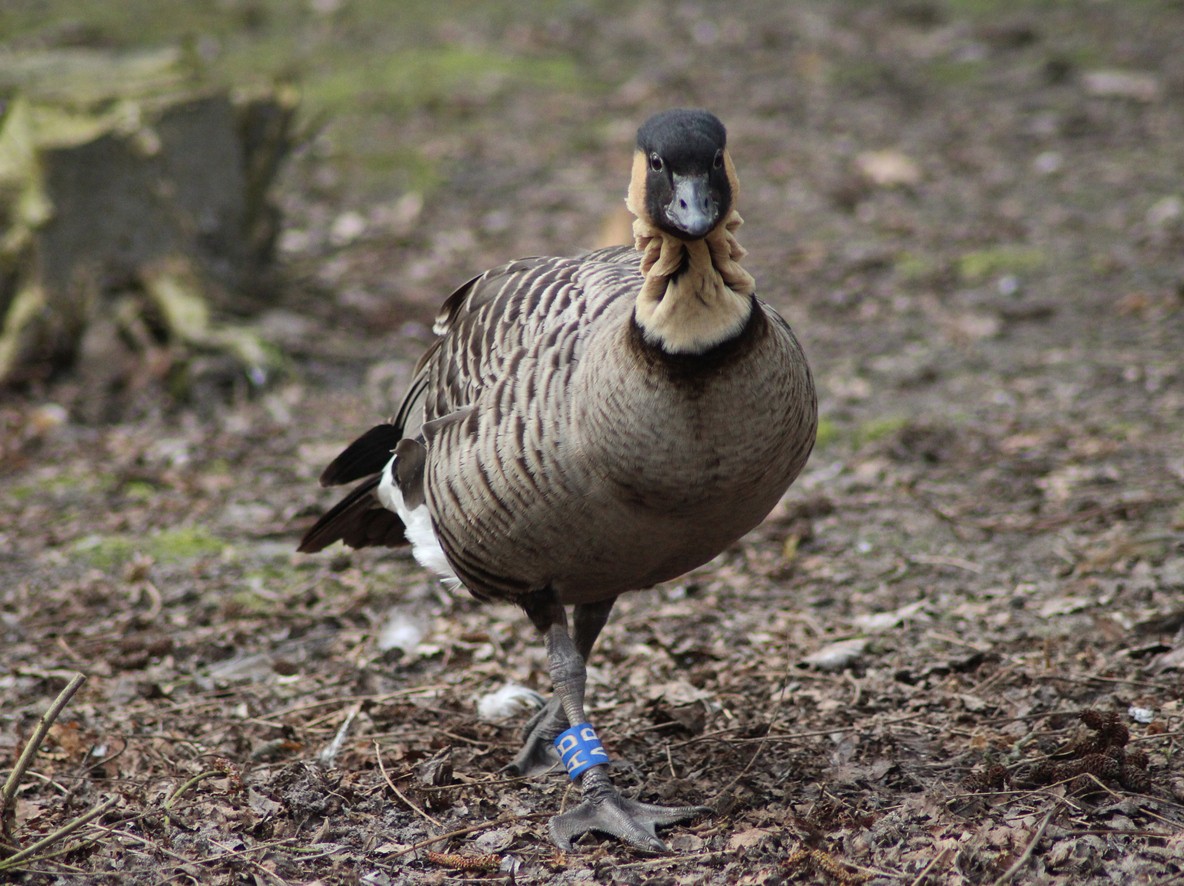Hawaiian Duck
A species of Anas Scientific name : Anas wyvilliana Genus : Anas
Hawaiian Duck, A species of Anas
Botanical name: Anas wyvilliana
Genus: Anas
Content
Description People often ask General Info

Description
The Hawaiian duck (Anas wyvilliana) or koloa is a species of bird in the family Anatidae that is endemic to the large islands of Hawaiʻi. Taxonomically, the koloa is closely allied with the mallard (A. platyrhynchos). It differs in that it is monochromatic (with similarly marked males and females) and non-migratory. As with many duck species in the genus Anas, Hawaiian duck and mallards can interbreed and produce viable offspring, and the koloa has previously been considered an island subspecies of the mallard. However, all major authorities now consider this form to be a distinct species within the mallard complex. Recent analyses indicate that this is a distinct species that arose through ancient hybridization between mallard and Laysan duck (Anas laysanensis). The native Hawaiian name for this duck is koloa maoli (meaning "native duck"), or simply koloa. This species is listed as endangered by the IUCN Red List of Threatened Species, and its population trend is decreasing. 
Size
48-51 cm (19-20 in)
Colors
Brown
Black
Green
Gray
White
Blue
Life Expectancy
3.7 years
Nest Placement
Ground
Feeding Habits
Hawaiian Duck are opportunistic feeders, consuming a varied diet of snails, insect larvae, earthworms, tadpoles, crayfish, mosquito larvae, grass seeds, rice, and algae. Their foraging includes dabbling in freshwater bodies.
Habitat
The koloa is most prominently found residing in the tall, wetland grasses and streams near the Kohala volcano on the main island of Hawai’i. The former range of the Hawaiian duck included all of the main Hawaiian islands except the islands of Lānaʻi and Kauaʻi. Hawaiian ducks were found on the hottest coasts with suitable ponds as well as in the mountains that were up to 7,000 feet high. This includes low wetlands, river valleys, and streams in mountains.
Dite type
Omnivorous
People often ask
General Info
Feeding Habits
Bird food type
Behavior
The Hawaiian duck is a very wary bird, often found in pairs instead of large groups. The koloa is most prominently found residing in the tall, wetland grasses and streams near the Kohala volcano on the main island of Hawai’i (Reed et al. 2012). They are very secretive birds and do not associate with other animals much. The Hawaiian duck can only get wet when the gods say it can is what the Hawaiian natives say. This means that the duck can only get wet when the gods allow it as the duck seems to walk around the water source. This is only because it is looking for fish to prey. 
Species Status
Wildlife refuges including Hanalei National Wildlife Refuge on Kaua'i are essential breeding areas for Hawaiian Ducks (Todd 1996) The species was reintroduced to O’ahu between 1958 and 1982. In 1989, twelve of these captured birds were released on the island of Maui. The species was also reestablished on the island of Hawai'i between 1976 and 1982 (U.S. Fish and Wildlife Service 2005). Throughout the 1980s, the importation of Mallards to Hawai'i was limited in an effort to reduce hybridization with Hawaiian Ducks. (Uyehara et al. 2007) Other conservation efforts for the Hawaiian Duck include the development of “techniques for the identification of hybrids” (Uyehara et al. 2007), which in turn will result in, “simultaneous genetic testing and morphological characterisation” (U.S. Fish and Wildlife Service 2005). 